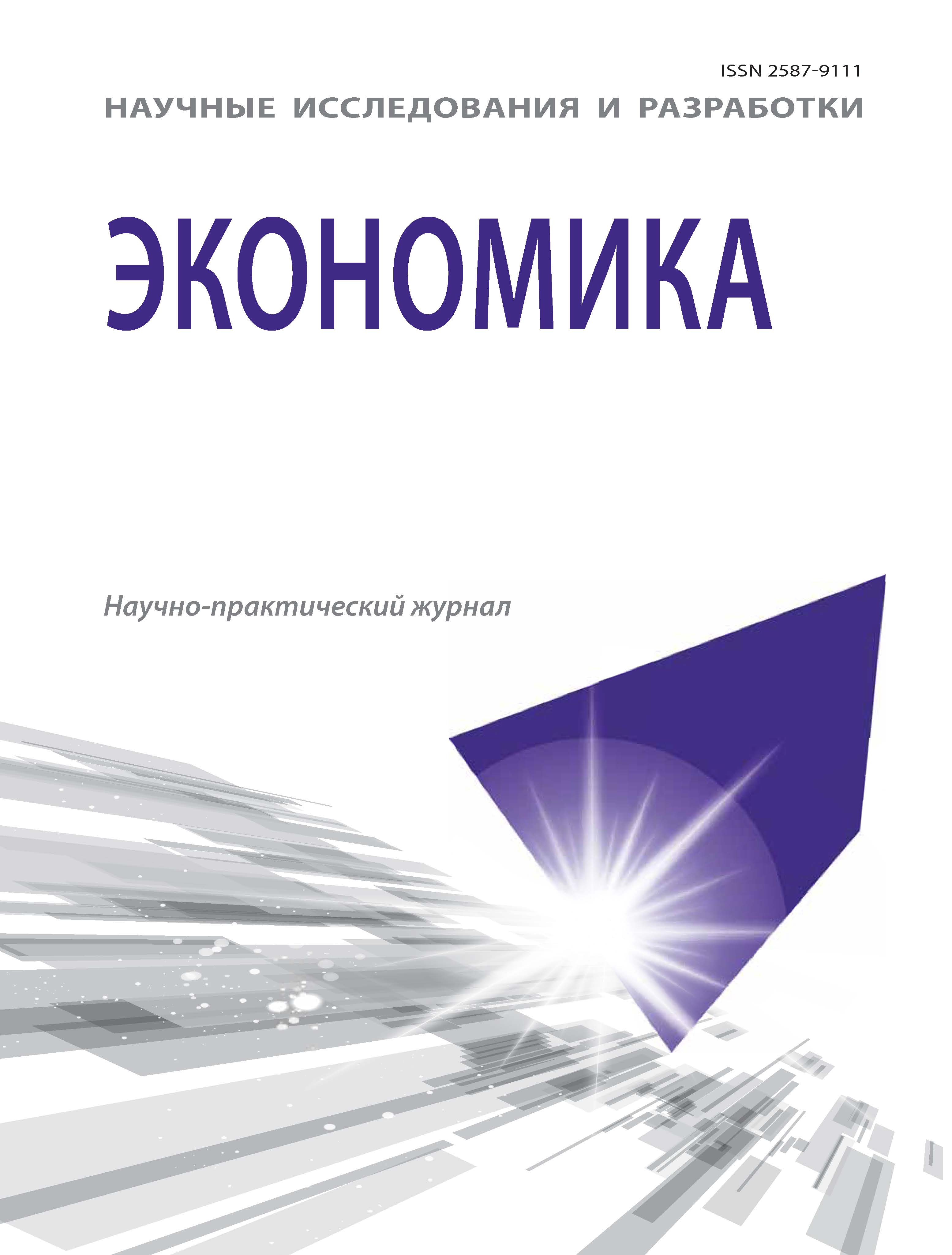Tula, Tula, Russian Federation
Tula, Tula, Russian Federation
The work provides quantitative estimates of trends in the distribution of income between labor and capital in countries in which the share of labor in GDP exceeds the average level. The work used UN data for a set of European countries, postSoviet countries, the USA, Canada and Israel. To assess trends, linear econometric models were built depending on the share of the labor force in the GFP for the period 2012–2021. The highest level of labor share was observed in Belgium, Iceland, the Netherlands and Switzerland. The study found that Belgium, Bosnia and Herzegovina, Denmark, Spain, the Netherlands, Portugal, Finland and France have seen a decline in labor’s share of GDP. In the Netherlands and Portugal this trend is weak. Germany, Greece, Iceland, Luxembourg, the Czech Republic, Switzerland and Estonia have seen an increase in the labor share of GDP. In Germany and Switzerland this trend is weakly expressed. There are no significant trends in the redistribution of income between labor and capital in countries such as Austria, Armenia, Italy, Canada, Slovenia, the United Kingdom, the United States of America, Croatia and Sweden. Trends in the redistribution of income between labor and capital can be determined by institutional conditions in the country’s economy.
labor, capital, income, trends, econometrics
1. Klinov V. Sdvigi v raspredelenii dohodov mezhdu trudom i kapitalom: faktory, posledstviya i problemy regulirovaniya // Voprosy ekonomiki. 2016. № 7. S. 64–77. DOI: https://doi.org/10.32609/0042-8736-2016-7-64-77; EDN: https://elibrary.ru/WDDYJN
2. Sobolev E.N. Oplata truda v sisteme social'no-trudovyh otnosheniy: stereotipy i rossiyskie realii: Nauchnyy doklad. M.: Institut ekonomiki RAN, 2017. 50 s. EDN: https://elibrary.ru/XQMPGP
3. Sobolev E.N. Oplata truda v rossiyskoy ekonomike: tendencii i problemy // Vestnik IE RAN. № 5. 2018. S. 79–96. DOI: https://doi.org/10.24411/2073-6487-2018-00006; EDN: https://elibrary.ru/YLZLAT
4. Leontief W. Essays in Economics: Theories, Theorizing, Facts, and Policies Paper-back / W. Leontief. — Transaction Publishers, 1985. — 423 p.
5. Basovskiy L.E., Basovskaya E.N. Postindustrial'nye uklady v ekonomike Rossii / L.E. Basovskiy, E.N. Basovskaya M.: INFRA-M. — 2017. — 159 s.
6. Kondratieff N. The Long Waves in Economic Life / N. Kondratieff. — Martino Fine Books, 2014. — 28 p.
7. Narkus S. Long-waves theory / S. Narkus, N. Kondratieff, Joseph A. Schumpeter. — Universities Oslo, 2012. — 80 p.
8. Nefiodow L. The Sixth Kondratieff: A New Long Wave in the Global Economy / L. Nefiodow, S. Nefiodow. — Createspace Independent Pub, 2014. — 264 p.
9. Glaz'ev S. Strategiya operezhayuschego razvitiya rossiyskoy ekonomiki v usloviyah global'nogo krizisa / S. Glaz'ev. — M.: Ekonomika, 2010. — 287 c.
10. Perez C. Technological Revolutions and Financial Capital: The Dynamics of Bubbles and Golden Ages / C. Perez. Elgar Publishing, 2003. — 224 p.
11. Maevskiy V. Vvedenie v evolyucionnuyu makroekonomiku / V. Maevskiy. — M.: Yaponiya segodnya, 1997. 106 s.
12. North D.C. Institutions, Institutional Change and Economic Performance. Cam-bridge University Press, 1990. — 180 p.
13. Basovskiy L.E., Basovskaya E.N. Razvitie v Rossii ekonomki neravenstva // Zhurnal ekonomicheskoy teorii. 2011. № 4. S. 198–202. EDN: https://elibrary.ru/OOYIZJ
14. Strauss J., Wohar M.E. The Linkage between Prices, Wages, and Labor Productivity: A Panel Study of Manufacturing Industries // Southern Economic Journal. 2004. Vol. 70. No. 4. P. 920–941.






